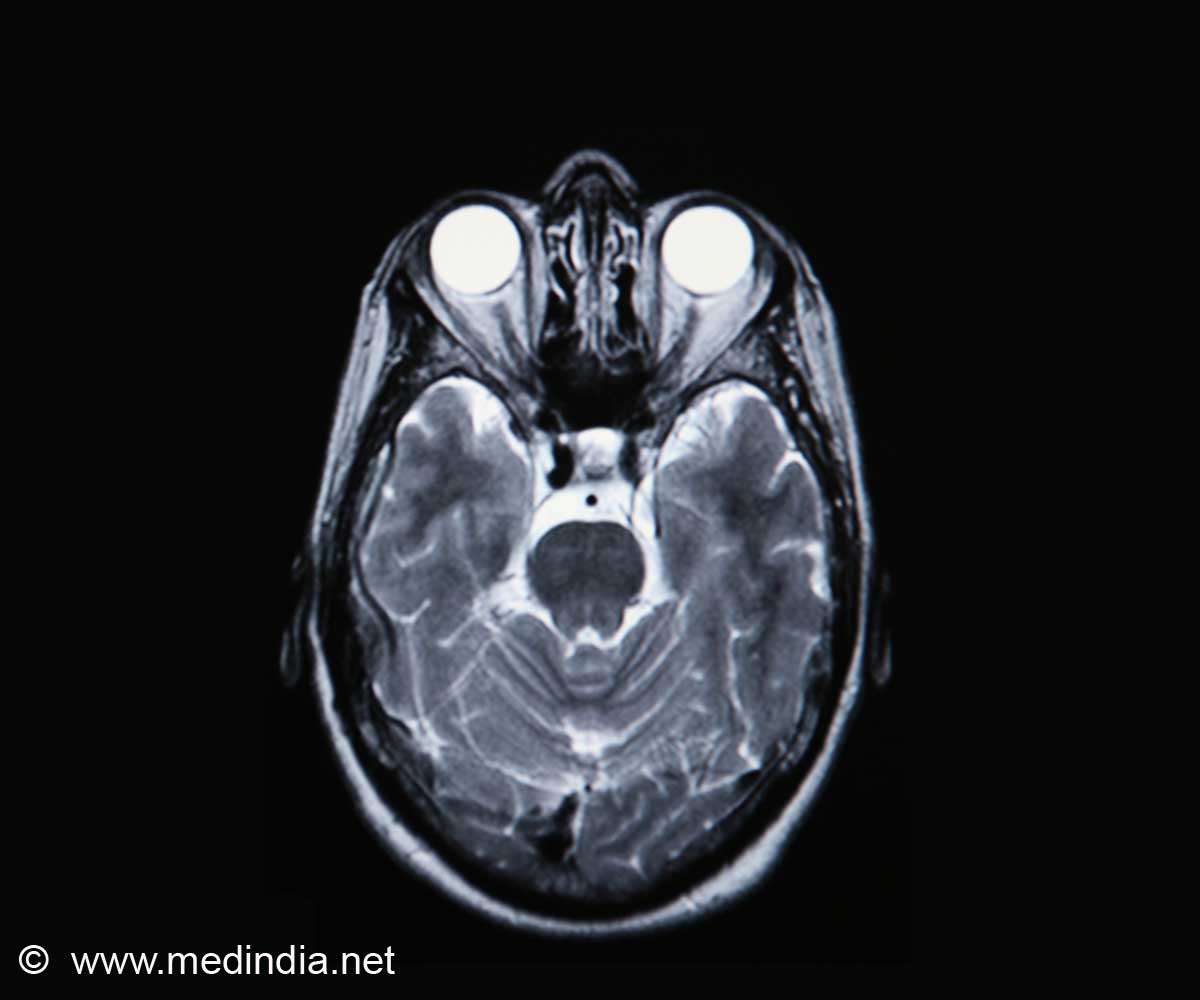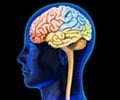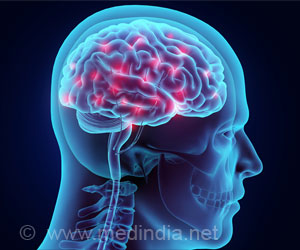The posterior cingulate cortex, precuneus, medial prefrontal and lateral temporal cortices are the default mode network key area in the resting state.

Shanshan Zhang and co-workers from Zhujiang Hospital, Southern Medical University in China compared the differences in the functional activity and connectivity of the insula and default mode network between the baseline and pain condition induced by intramuscular injection of hypertonic saline in healthy subjects. Compared with the baseline, the insula was more functionally connected with the medial prefrontal and lateral temporal cortices, whereas there was lower connectivity with the posterior cingulate cortex, precuneus and inferior parietal lobule in the pain condition.
In addition, compared with baseline, the anterior cingulate cortex exhibited greater connectivity with the posterior insula, but lower connectivity with the anterior insula, during the pain condition. These data indicate that experimental low back pain led to dysfunction in the connectivity between the insula and default mode network resulting from an impairment of the regions of the brain related to cognition and emotion, suggesting the importance of the interaction between these regions in pain processing. The relevant paper has been published in the Neural Regeneration Research (Vol. 9, No. 2, 2014).
Source-Eurekalert















